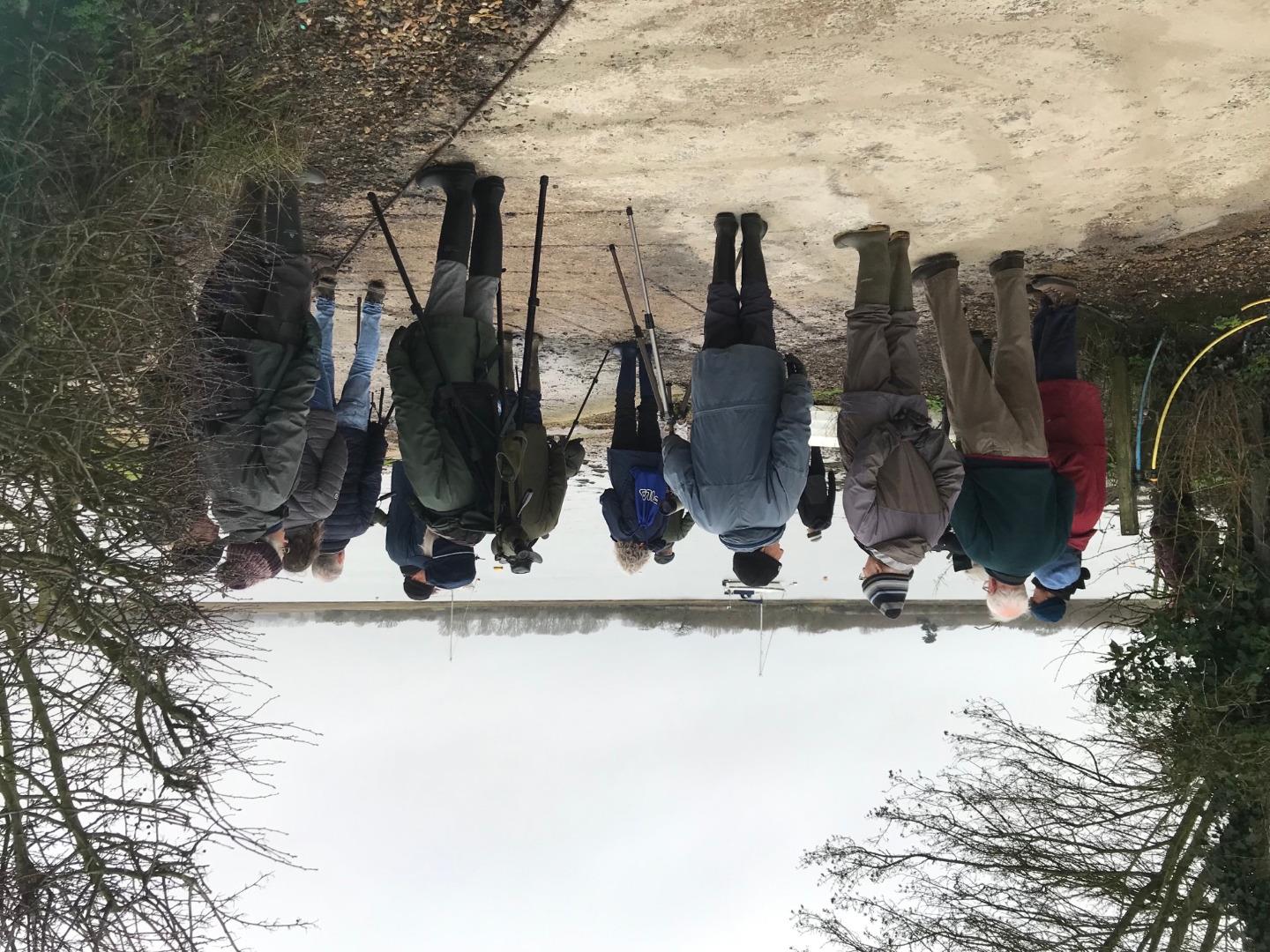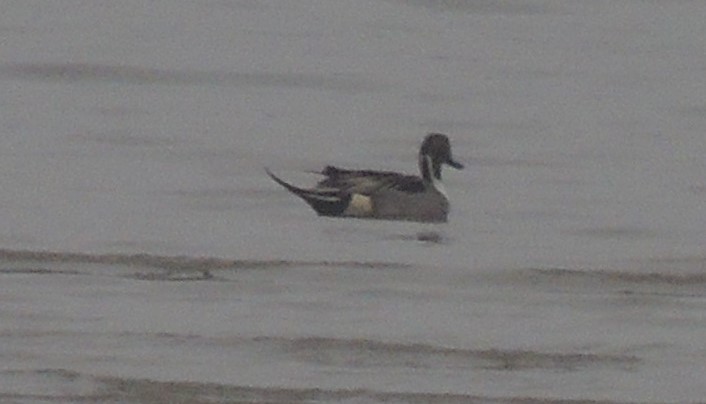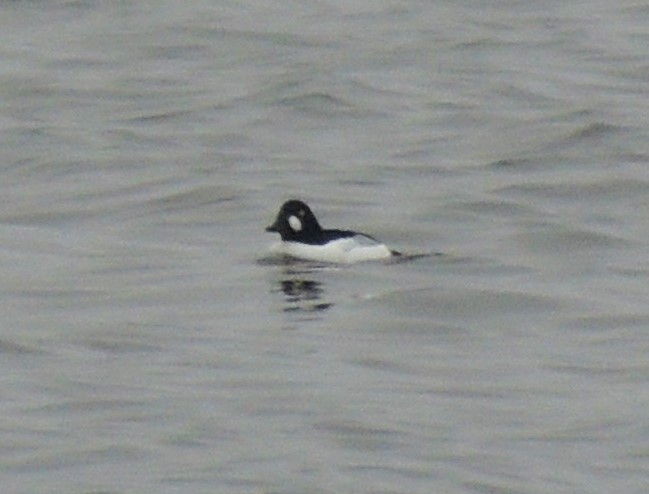Dell Quay. Tuesday 20 February 2024. Leader Robert Watson
As we gathered at Dell Quay, binoculars and ‘scopes at the ready and well attired for the expected wet conditions, it was a delight to note (through the mist) Red-breasted Merganser, a solitary Greenshank, the first of several Little Egret and a Cormorant busy diving close by. By 10 o’clock, 16 members were ready for the off as, simultaneously, formations of Brent Geese flew north over the water.
Robert had a wish list of two particular species. Would we be lucky? However, initially, we saw Mediterranean Gulls with their very black heads, Dunlin, Redshank, Great Crested Grebe and Wigeon with two Shelduck overhead. Next to be observed were a Mute Swan, Herring Gull, Mallard, Great Black-backed Gull, Oyster Catcher and more Merganser and Redshank. Sky Lark were heard and then seen over the field to our right and other species heard (and sometimes seen) were Chaffinch, Greenfinch and Wren together with the beautiful whinnying of Little Grebe.
Further along, where there happened to be a little more shelter, we noted Robin, Crow, Wood Pigeon and Collared Dove as well as enjoying the frequent yaffle of Green Woodpecker and a particularly loud Great Tit. Near the water’s edge were Curlew and Moorhen along with more Dunlin and busy Turnstone. And then a male Goldeneye was spotted (one of the species on the wish list!) and very shortly afterwards, a pair of Pintail (the second species on the list – success!)
Before turning away from the water towards Apuldram Church, Gadwall, Common Gull, Grey Plover and Ringed Plover were added to our sightings list as well as a Kestrel hovering over potential prey. In the hedgerow alongside our footpath were Sparrow, Blue Tit, Blackbird and more Chaffinch and a large (mixed) flock of Green Finch and Goldfinch. As the churchyard yielded little more, we hot-footed it back to our cars (noting down Teal as our final bird) before the rain finally came in full force.
Many thanks to Robert for his knowledgeable leadership, providing members with a dry period of weather(!) and for entering our sightings on iRecord (check it out to see the 47 species). Thanks also to Linda for her photography and to fellow Chi Nats members for their friendly company.
(On a botanical note - The corky growths of English Elm and the flowers on a Wych Elm were both pointed out.)
Gill Hance
All pictures by Linda Kelsall-Barnett
 ChiNats birders in action
 Pintail duck  Male Goldeneye Duck

Chichester, West Sussex
|